
6 minutes read
Validation in Laravel made easy
Table of contents
- → Introduction to validation in Laravel
- → The basics of Laravel validation
- → Extracting the validation logic
- → More validation rules provided by Laravel
- → Custom error messages
- → Advanced validation concepts
- → Validating nested data (or arrays)
- → Displaying error messages and custom responses
- → Become a true expert thanks to Mastering Laravel Validation Rules
- → Conclusion
Introduction to validation in Laravel
Validation is like the bouncer at the door of your web application. It ensures that only the good data gets in, keeping the messy, unwanted stuff out. (I really love this analogy! 😅)
Laravel, being the friendly and powerful PHP framework it is, offers a robust suite of tools to make validating data a breeze (pun intended).
Let’s dive into validation with Laravel, starting simple and gradually exploring more complex scenarios.
The basics of Laravel validation
Imagine you’re building a form on your website where visitors can sign up for a newsletter. You’ll want to make sure they provide a name and a valid email address. Here’s where Laravel’s validation shines.
In Laravel, you can validate incoming data very easily. Let’s say you have a route for submitting the newsletter form:
use Illuminate\Http\Request; use Illuminate\Support\Facades\Route; Route::post('/newsletter', function (Request $request) { $validatedData = $request->validate([ 'name' => 'required|min:3', 'email' => 'required|email', ]); // Process the validated data… });
In this piece of magic, $request->validate() checks that:
- The name is there (
required) and it’s at least 3 characters long (min:3). - The email is present and formatted like an actual email.
If the data doesn’t pass muster, Laravel automatically redirects the user back to the form, flashing the error details (accessible in your Blade templates via the $errors variable). If it passes, your validated data is good to go.
Extracting the validation logic
You’ve seen validation rules within your routes, but sometimes, especially for complex forms, you might want to separate concerns a bit more. That’s where Form Request Validation comes into play, a more organized way to handle validation logic.
First, create a custom form request:
php artisan make:request StoreNewsletterRequest
This command scaffolds a class where you can define your validation rules:
<?php namespace App\Http\Requests; use Illuminate\Foundation\Http\FormRequest; class StoreNewsletterRequest extends FormRequest { public function authorize() { return true; // Anyone can submit the form } public function rules() { return [ 'name' => 'required|min:3', 'email' => 'required|email', ]; } }
Then, use it in your controller method:
public function store(StoreNewsletterRequest $request) { // Data has been validated, you can now access it. $validated = $request→validated(); }
By extracting to a form request, your controller stays clean, and your validation logic remains neatly encapsulated.
More validation rules provided by Laravel
Laravel offers a wide variety of built-in validation rules for different scenarios: checking for numbers, ensuring uniqueness in the database, validating file uploads, and more.
For instance, verifying a user’s age could be as simple as:
'age' => 'required|integer|min:18',
This ensures the age is provided (required), is a number (integer), and is at least 18 (min:18).
You can check out every validation rules Laravel provides on the official documentation.
Custom error messages
Sometimes, you want to provide specific feedback when validation fails. Laravel lets you customize error messages for each rule easily:
$request->validate([ 'email' => 'required|email', ], [ 'email.required' => 'We definitely need your email address!', 'email.email' => "Hmm, that doesn't look like a valid email.", ]);
This way, you make your app not just more user-friendly, but also more unique and tailored to your audience.
Advanced validation concepts
As you delve deeper, you might encounter scenarios needing more than just basic validation rules. Here, Laravel’s ability to define custom validation rules comes to the rescue.
Creating a custom rule is straightforward. For example, let’s create a rule ensuring a string is uppercase (that would be dumb in a real-world project, but let’s keep it simple for now). First, generate the rule:
php artisan make:rule Uppercase
Then, define its behavior:
namespace App\Rules; use Closure; use Illuminate\Contracts\Validation\ValidationRule; class Uppercase implements ValidationRule { public function passes(string $attribute, mixed $value, Closure $fail) { if (strtoupper($value) !== $value) { return $fail(':attribute must be uppercase.'); } } }
And finally, you can use it wherever you like:
use App\Rules\Uppercase; $request->validate([ 'last_name' => ['required', new Uppercase], ]);
Using custom rules makes your application logic remain expressive while addressing specific requirements.
Validating nested data (or arrays)
Dealing with arrays or JSON payloads? Laravel’s got your back with dot notation and the * wildcard for array data:
'person' => 'required|array', 'person.*.email' => 'email|unique:users',
This rule checks that each email in the required person array is unique in the users table.
Want to learn more about validating arrays? Here a dedicated article: Easy data integrity with array validation in Laravel
Displaying error messages and custom responses
Laravel makes handling validation errors straightforward. They are flashed to the session, making them available on redirection. For AJAX requests, Laravel responds with a JSON payload containing the errors.
In your Blade templates, displaying errors is easy peasy. For instance, you might want to display them at the top of your form like so:
@if ($errors->any()) <div> <ul> @foreach ($errors->all() as $error) <li>{{ $error }}</li> @endforeach </ul> </div> @endif
Or display them below your fields:
<div> <label for="name"> Name </label> <input type="text" id="name" name="name" value="{{ old('name') }}" placeholder="Ned Flanders" /> @error('name') <p>{{ $message }}</p> @enderror </div>
Become a true expert thanks to Mastering Laravel Validation Rules
Let me tell you: Mastering Laravel Validation Rules is a game-changer. Beginner or knee-deep in Laravel development, this book has something for everyone. I’ve been using Laravel for more than 8 years, and I still learned a ton.
The real-world examples help understand concepts faster and better (in Laravel’s official documentation, this often is an issue). The authors, Aaron and Joel, walk you through scenarios like validating addresses, phone numbers, transferring digital assets, and so much more. It’s clear they’ve been there and are now handing you the solutions on a silver platter.
If you’re working with Laravel, do yourself a favor and get your hands on this book. Open it when you’re looking at a rule you don’t understand and when you’re not sure how to handle a certain type of value.
Check Mastering Laravel Validation Rules
Conclusion
Validation is a crucial part of any web application, and Laravel offers one of the most powerful and flexible systems to ensure your data integrity.
The key to mastering Laravel validation is practice:
- Experiment with different rules.
- Use them in real projects.
- Try out custom rules whenever you have unconventional needs.
You can do this!
Did you like this article? Then, keep learning:
- Fix common Laravel validation-related errors easily
- Understand and resolve Laravel's "419 Page Expired" error
- Learn effective error handling in Laravel's HTTP client
- Master Laravel's overall workings to complement validation knowledge
- Upgrade Laravel skills with the newest version and changes
- Step-by-step upgrade guide for latest Laravel version and features
- Learn array validation techniques complementary to Laravel validation
- Improve Laravel validation skills with advanced tips and best practices
- Learn to build secure APIs using Laravel Sanctum alongside validation
- Discover Laravel validation in real-world apps with 'Mastering Laravel Validation Rules' book
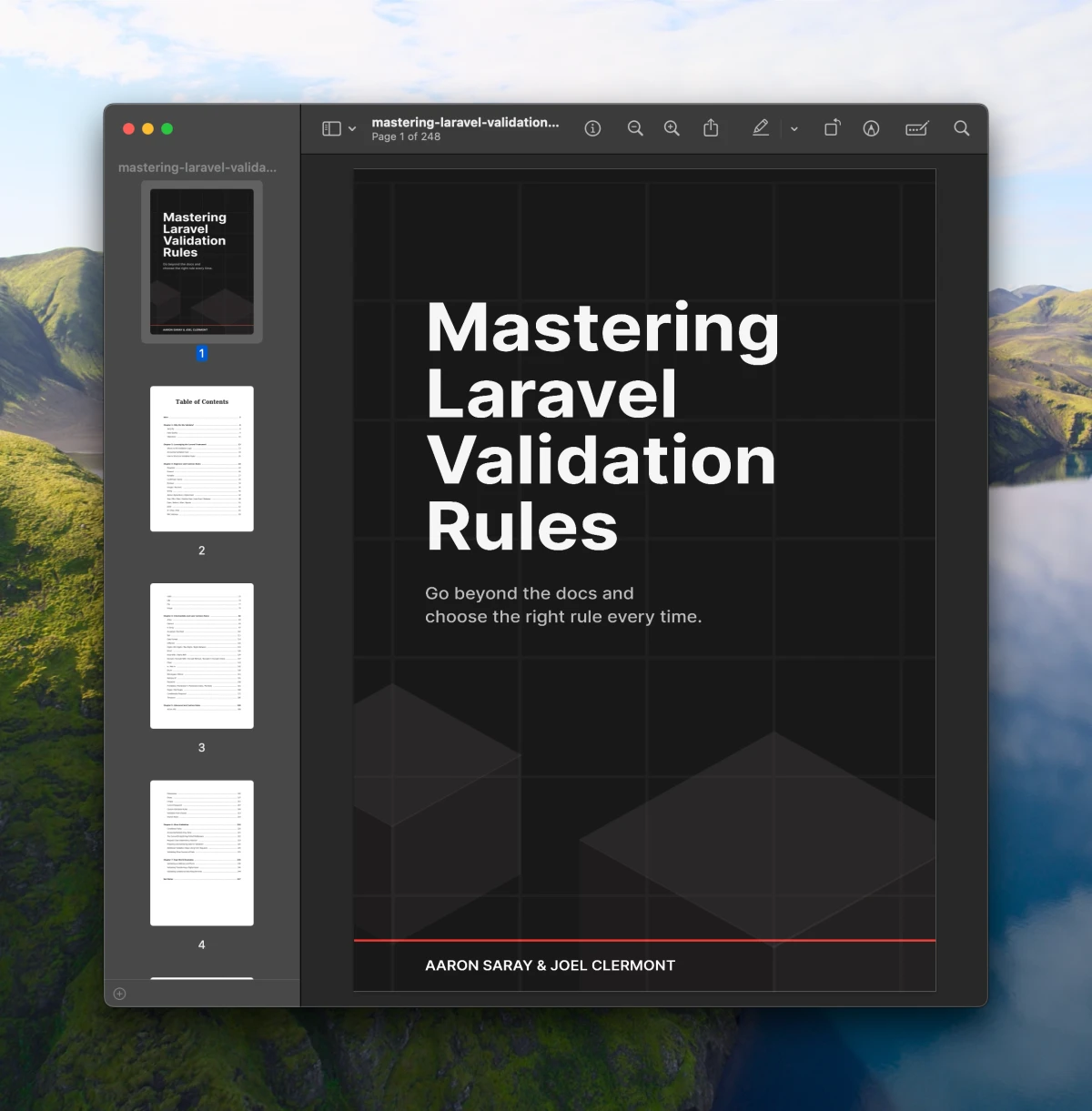
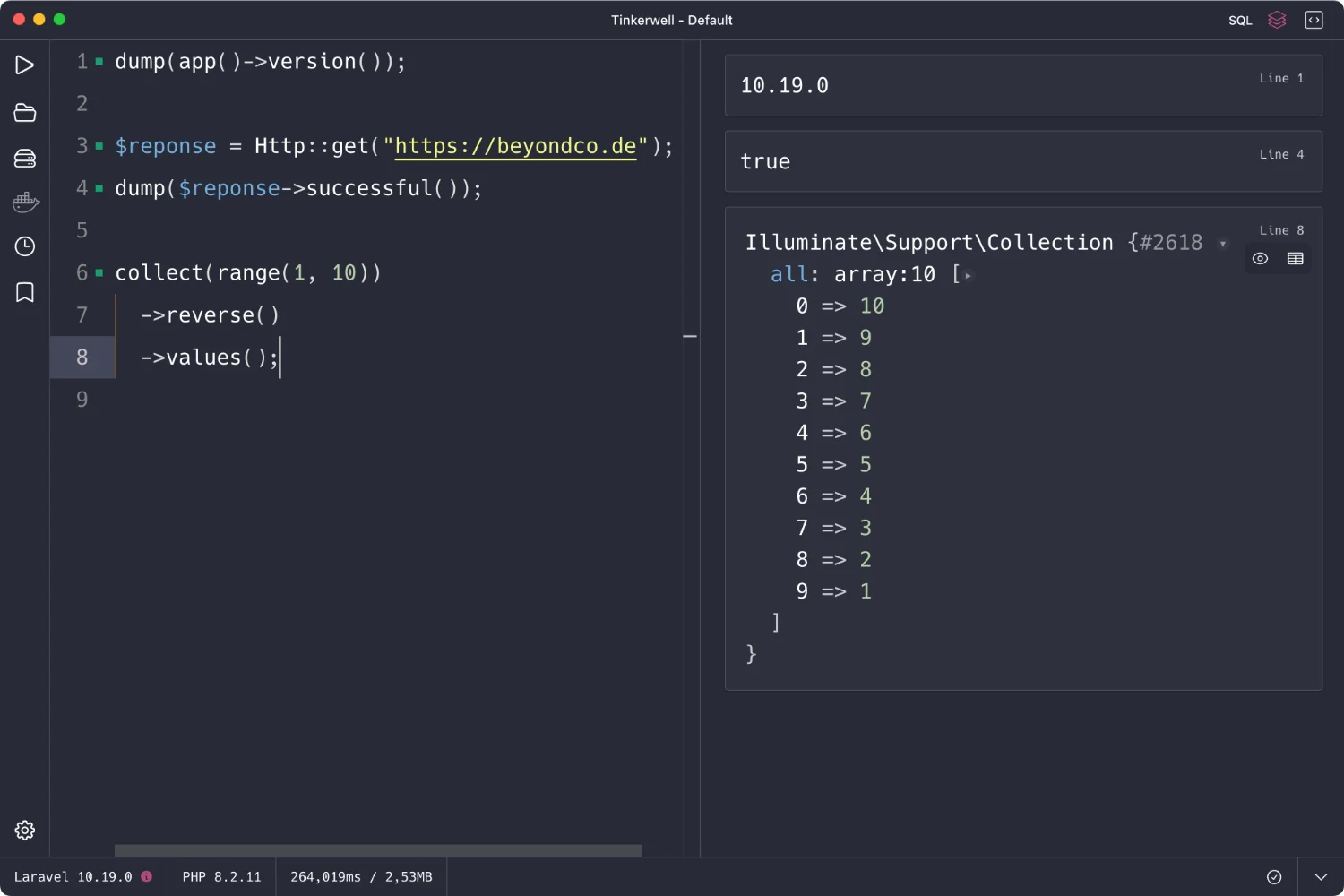
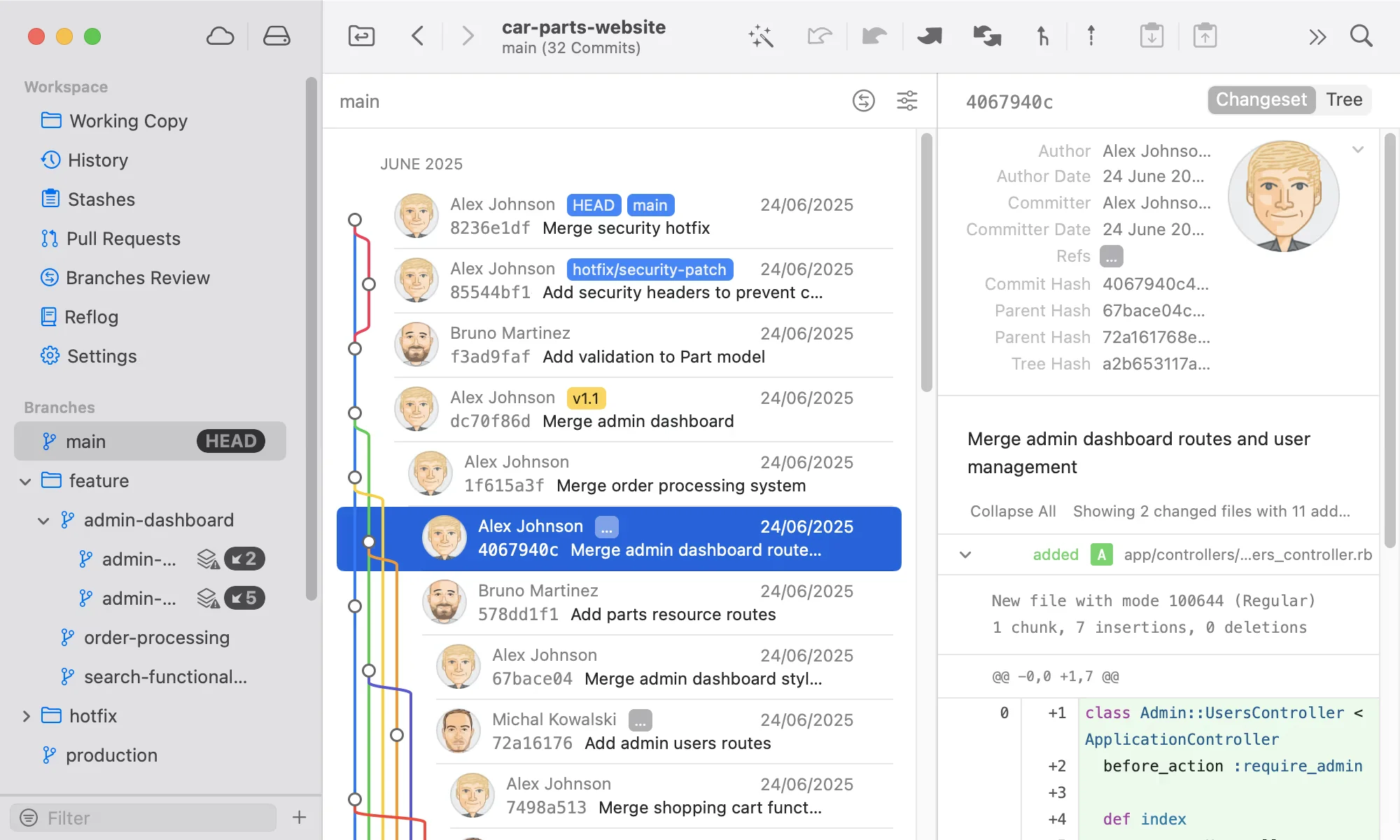
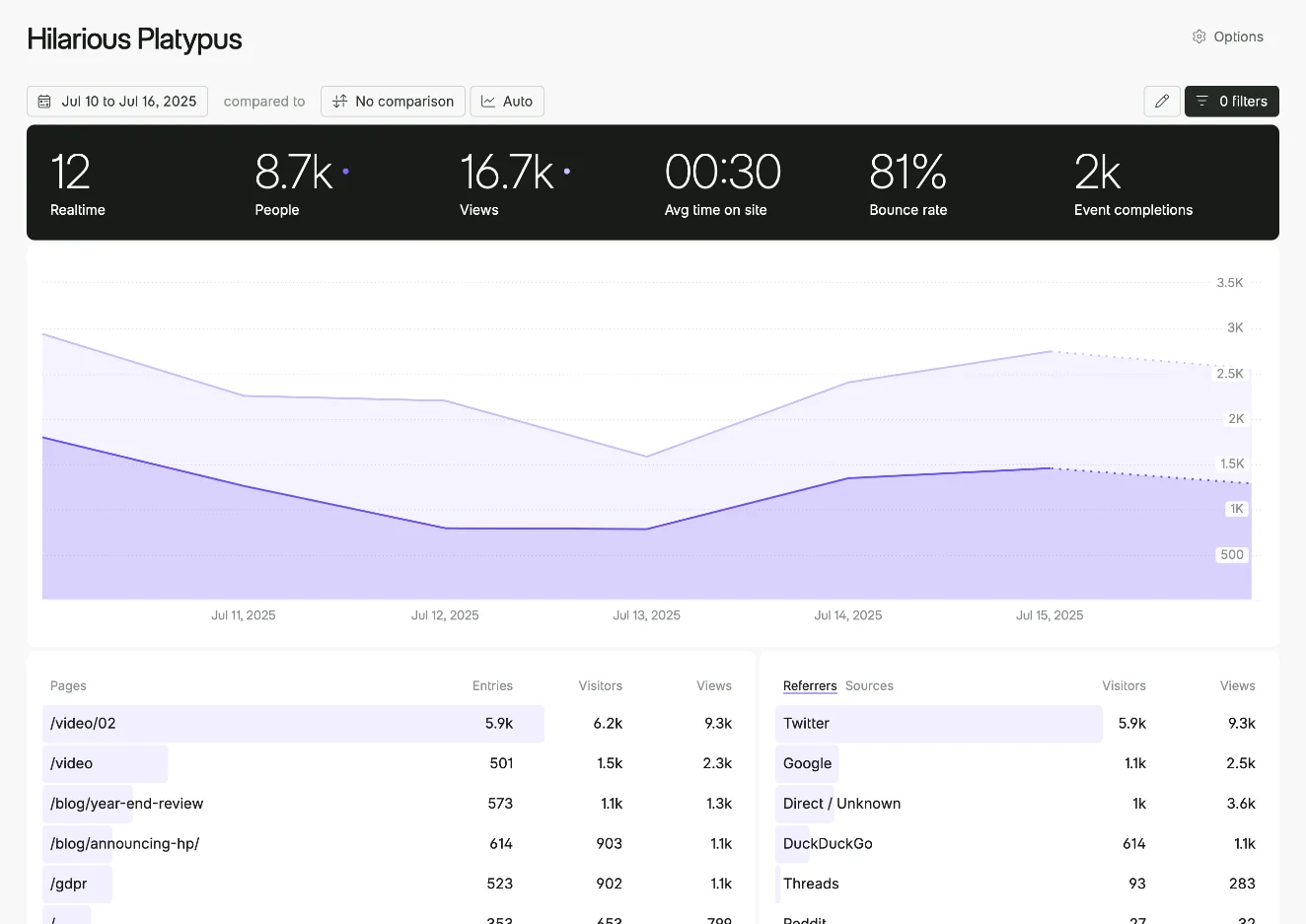
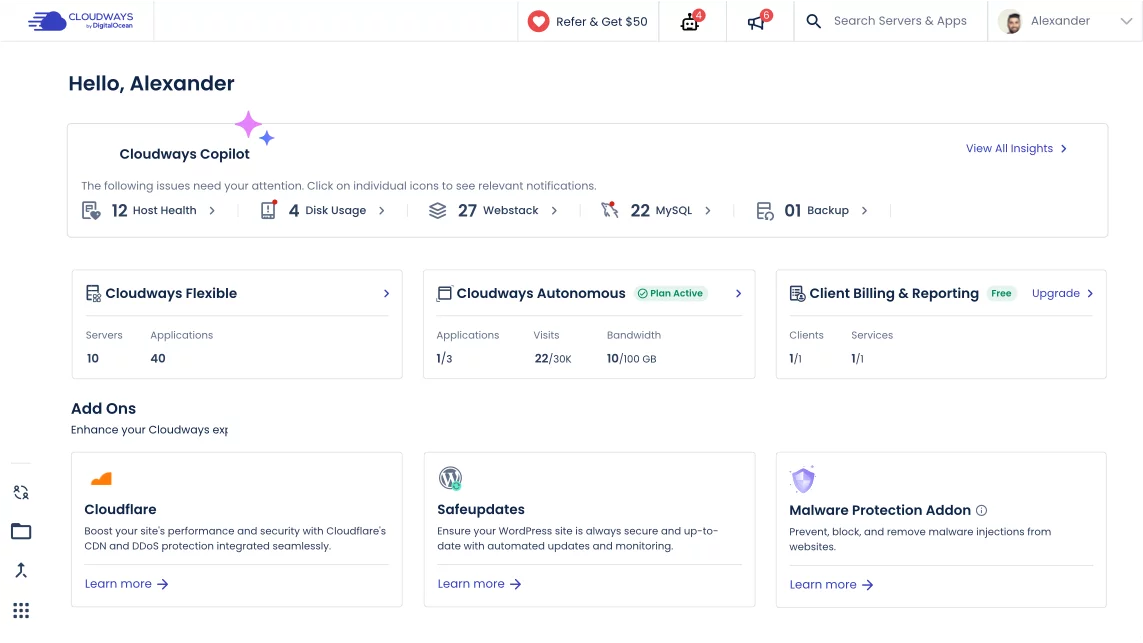

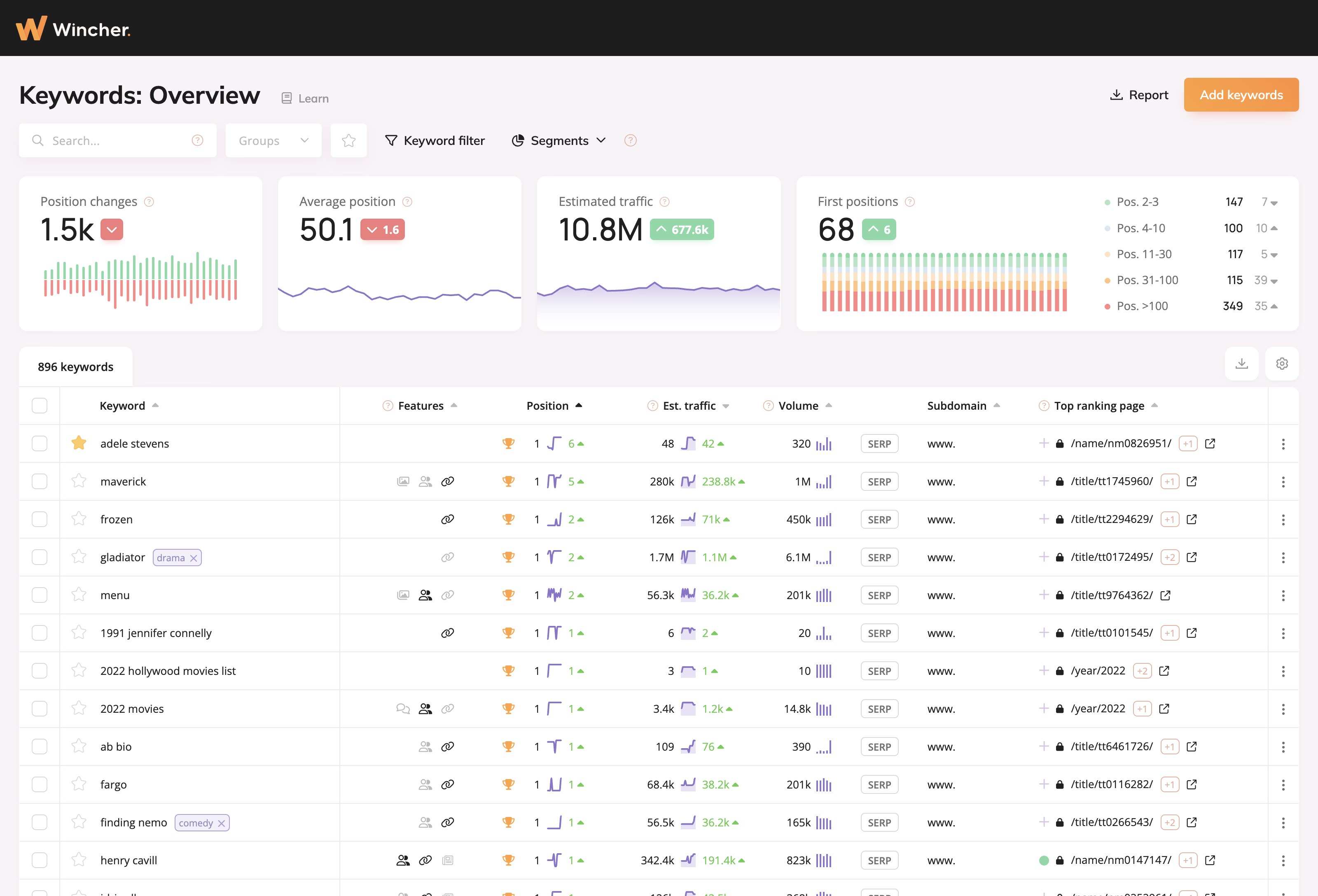
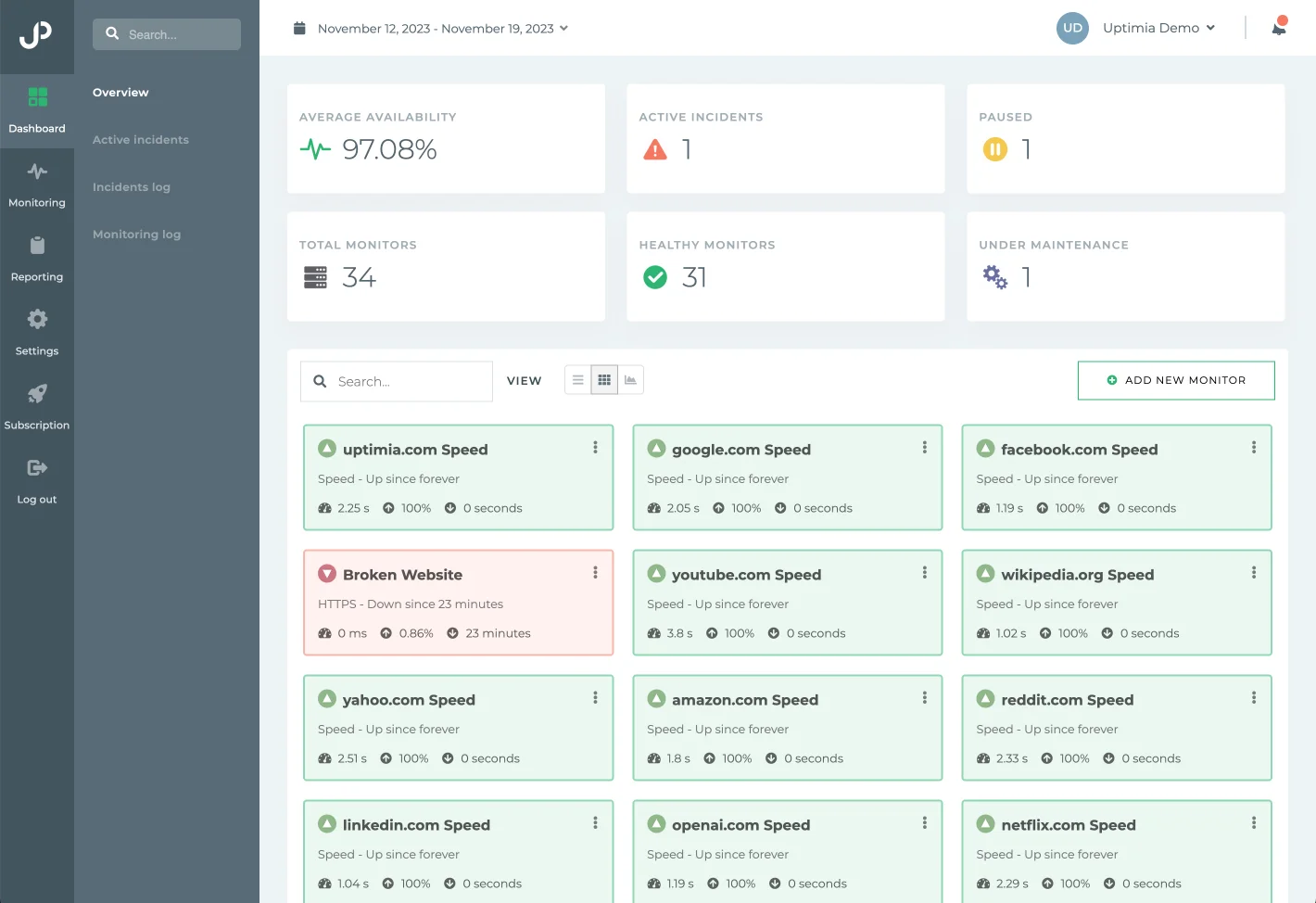

0 comments